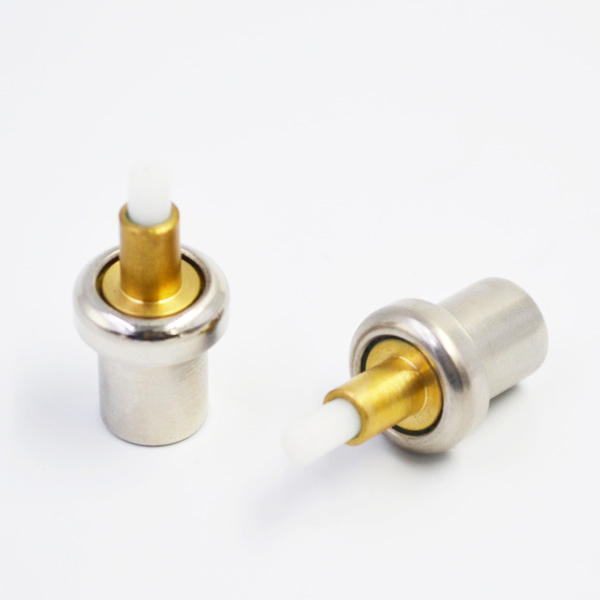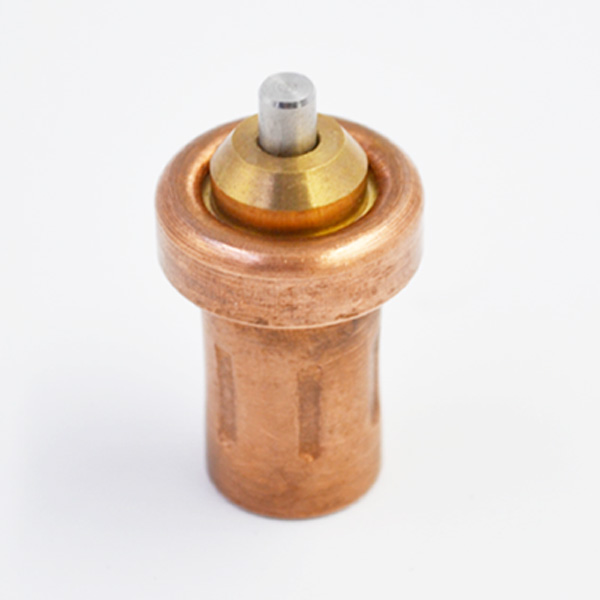In today’s energy shortage, the application of new energy technology has attracted much attention. Solar street lamp system directly uses solar energy as energy, which is not constrained by the city power grid, easy to install and does not consume conventional energy.

It is especially suitable for the urban-rural junction where transportation and ordinary power grid can not cover.
Therefore, it has been loved by people and highly concerned by the government. The most important control functions of the solar street lamp controller are as follows: (1) controlling the charging of solar cells to the battery; (2) controlling the power supply of the battery to the load system; (3) controlling the stable operation of other parts of the whole street lamp system. The controller designed by us is based on AT89C52 single-chip computer.

Through testing the power of solar panels and batteries, it can prevent the overcharge and overdischarge of batteries, prolong the service life of batteries, determine the load of street lamp through system clock, make the work of street lamp more humanized, thus prolong the service life of the system, save energy. Higher practical value. The essential components of the solar street lamp system include: solar panels, storage batteries, controllers and loads. Among them, the controller with AT89C52 as the core controls the charging and discharging of the battery. Solar panels are devices that convert light energy into electrical energy. The solar cell port has a voltage detection device, which can prevent the battery from overvoltage charging, and can effectively judge whether it is dark or not, playing the role of the light control original. The charging and discharging management of lead-acid batteries is described as follows: according to the mathematical model of the remaining capacity of batteries and the port voltage of batteries to determine their residual capacity, and then automatically adjust the charging mode of batteries or the working time and intensity of the load, so that the load always matches the residual capacity of lead-acid batteries to ensure storage. Batteries do not discharge excessively, thus prolonging the life of lead-acid batteries. LED has the characteristics of voltage sensitivity. When the forward voltage reaches 3.
4V, the forward current changes exponentially as long as the voltage is slightly changed.
Therefore, the drive mode of LED is current drive. The device is manufactured with ATMEL~Division’s high-density, non-volatile storage technology, compatible with the standard MCS-51 instruction system, and has built-in universal 8-bit central processing unit and F1ash memory unit.
It is widely used in the electronic industry.

Design of Voltage Sampling Module. In this system, the voltage to be sampled is mainly the port voltage of storage battery and the port voltage of solar cell. LM331 is selected as A/D conversion chip in this system. System clock module. The controller can adjust the working condition of the load according to the change of season and day and night. DSl2C887 is used as the system clock chip, which can automatically generate time information such as centuries, years, months, days, hours, minutes and seconds. DS12C887 clock chip has 128B RAM, of which 11B is used to store time information, 4B RAM is used to store control information, thermostatic element and 113B general RAM is left for users to use.
The design of battery temperature sampling module. The temperature sensor used in this system is DS18820. It adopts single bus protocol and serial output by digital code, which greatly simplifies the interface between sensor and temperature processor. According to the functions of the controller system, the main design ideas of the system software are as follows: First, the season is judged by the system clock chip, and the corresponding seasonal parameters are loaded. Then, the clock chip of the system judges the time at the moment and loads the corresponding time parameters according to the time. Then, the voltage detection of solar panels and the temperature detection of battery port voltage and the temperature detection of battery environment are carried out to determine whether the battery can be charged and enter the charging control subroutine.
Finally, the port voltage of the battery is detected again, and the discharge control subroutine is used to control the discharge of the battery to the load. Sampling scheme for solar cell, battery voltage and battery ambient temperature: 10 seconds sampling period, 30 times sampling, a total of 5 minutes. To judge whether the voltage value has reached the corresponding critical value, if it has reached, the corresponding subroutine will be processed. Time determination subroutine: Because the length of sunshine is related to seasonal changes. Firstly, the system judges the time according to the clock chip and sets the corresponding load working mode. In the evening, there are more passers-by, using double-lamp load to provide lighting; in the late night, there are fewer passers-by, using single-lamp load. This load work mode takes into account people’s living habits, which not only meets the lighting needs, but also achieves the purpose of saving energy. Charging control subroutine: In order to achieve the maximum charging effect, the system uses pulse width modulation charging mode. The solid state relay is controlled by a single chip computer to turn on and off in one cycle, so as to achieve the purpose of pulse width modulation charging. The system first detects the voltage of solar panels, battery ports and ambient temperature, and then determines the charging mode of solar cells to the battery according to the charging state of the battery.
The specific implementation scheme is: to detect the battery port voltage and ambient temperature, and then carry out the corresponding calculation and processing, when the remaining capacity of the battery SOC 80%, use charging mode 2; when the remaining capacity of the battery SOC > 95%, stop charging. Discharge control subroutine: The working state of load is controlled by the cooperation of single chip computer and load driving circuit. The system judges whether it is dark or not by detecting the voltage of solar panels, and then judges the time. After loading the corresponding seasonal parameters, the system detects the voltage of the battery port, calculates the charging state of the battery, and enters the corresponding working mode according to the load state. The advantage of this discharge mode is to ensure that the battery will not overdischarge and save energy to the greatest extent. Solar cell and storage battery voltage detection method: Timing method is adopted, through timers 1 and 2, solar cell voltage is sampled every 10 seconds, and then determine whether the solar cell voltage reaches the critical voltage.
We have completed the design of solar LED lighting controller based on AT89c52 MCU.

Solve the problems of short battery life, insufficient system stability and reliability and low system energy efficiency commonly existing in the solar street lamp lighting system at the present stage. The solar street lamp controller designed in this system can also be used in the dry independent photovoltaic power generation system. If slightly improved, it can also be connected to the city power grid.

Author’s brief introduction: Zhang Dai, male (1996-), female, born in Jinzhou, Liaoning Province, undergraduate, research direction: solar street lamp control.
